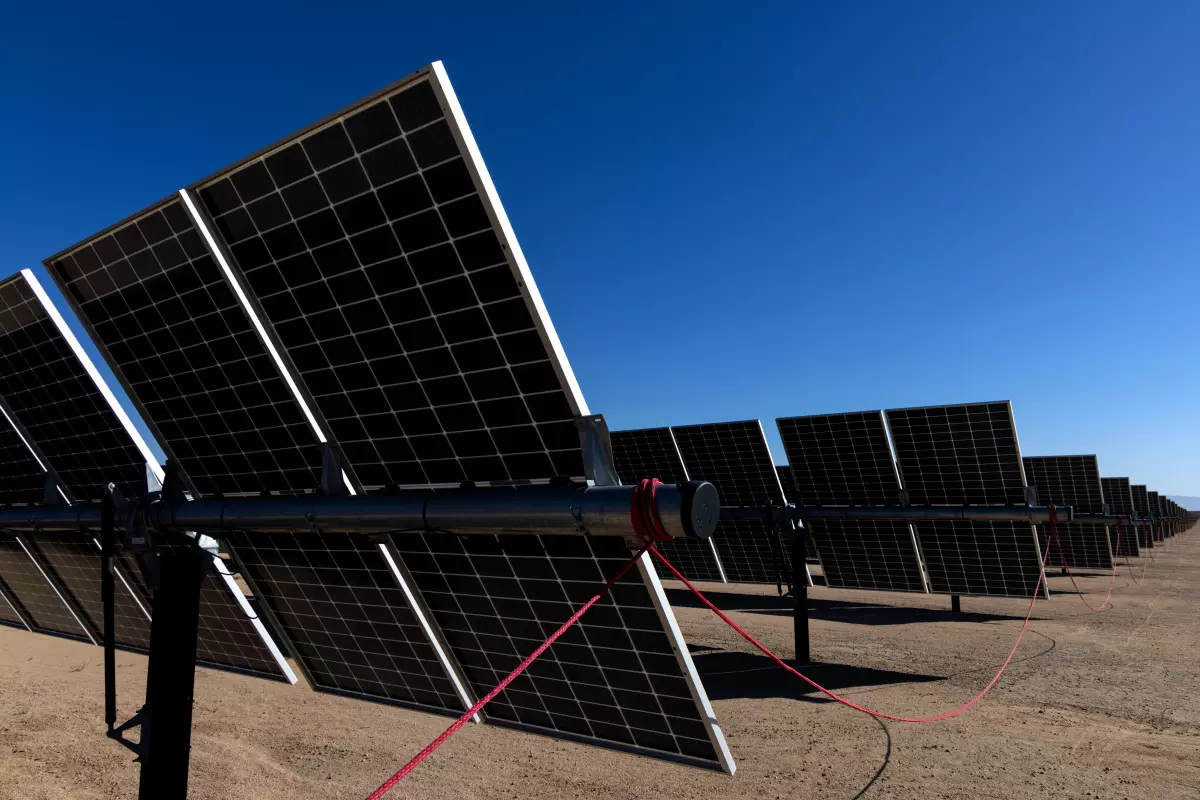Californians Support Renewable Energy Projects, but Challenges Persist

Section 1: Public Support for Renewable Energy
A recent poll conducted by UC Berkeley's Institute of Governmental Studies and co-sponsored by the L.A. Times has shown that a majority of California voters are in favor of renewable energy projects in their communities. This article explores the poll's findings and the broader context of public sentiment regarding renewable energy initiatives.
Section 2: Wind and Solar Endorsement
According to the poll, 56% of registered voters would be comfortable with wind turbines near their communities, while 32% expressed opposition. Solar farms garnered even stronger support, with 69% of respondents in favor and 22% against such projects. Furthermore, offshore wind turbines that are visible from the beach received approval by a 2-1 ratio.
Section 3: Mixed Feelings on Electric Transmission Lines
In contrast to the widespread endorsement of wind and solar projects, electric transmission lines faced a less favorable response. Only 42% of registered voters expressed comfort in living near long-distance power lines, while 39% were opposed.
Section 4: Broader National Perspective
The poll's findings align with a recent national poll by the Washington Post and the University of Maryland, where 75% of Americans indicated their comfort with living near a solar farm and 68% near a wind farm.
Section 5: The Mismatch Between Support and Opposition
Political scientist Leah Stokes notes a mismatch between broad public support for renewable energy and specific intense opposition. Her research highlights that some renewable energy projects face significant opposition, often driven by factors like population demographics.
Section 6: The Need for Constructive Solutions
The opposition to renewable energy projects can significantly delay the transition to clean energy and disproportionately affect lower-income communities of color. Addressing this challenge requires finding ways to bridge the gap between supporters and opponents.

